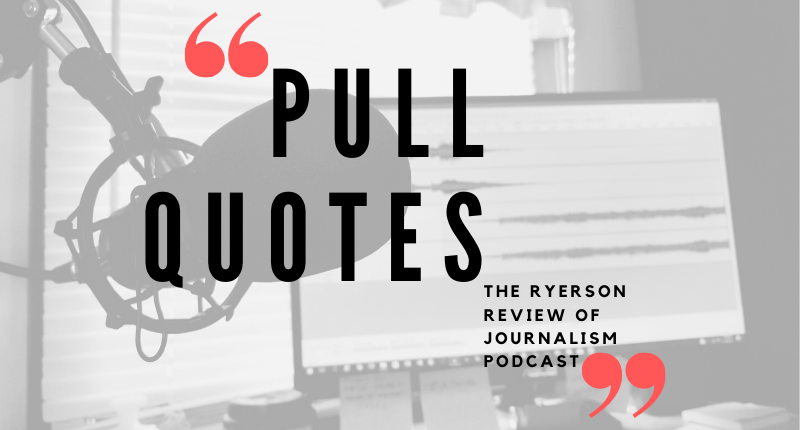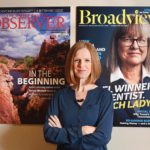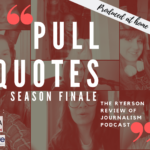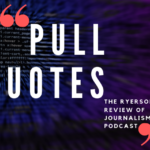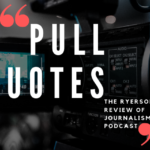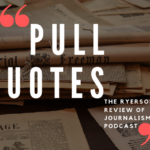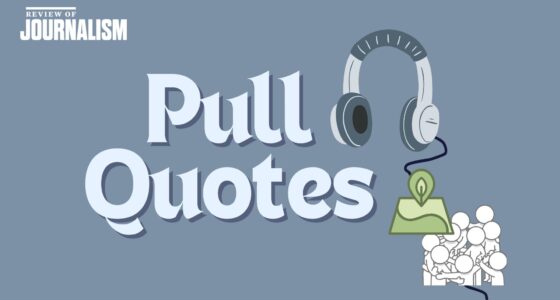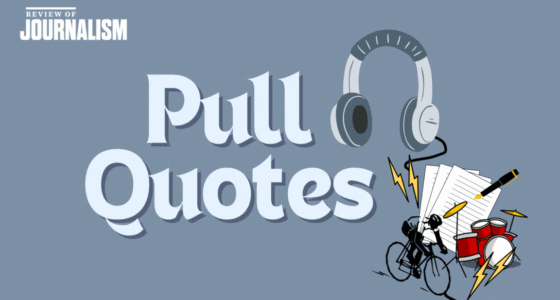Pull Quotes Season 3, Episode 2: How Media Professionals Adapt to Challenging Misinformation
Listen to season three, episode two above or subscribe on iTunes
Since September 2016, Daniel Dale, former Toronto Star Washington bureau chief and current CNN reporter, has been fact-checking US President Donald Trump’s statements. As of May 5, when Dale was still with the Star, he had documented 5,276 false statements by Trump.
These fact-checking segments have been a part of journalists’ efforts to ensure that they are reporting facts to the public and holding power to account. Dale, for instance, used the same platform as Trump – Twitter – to ensure that those receiving news through that online medium could find corrections to it in the same space. In a wider sense, the growth of fact-checking efforts at news publications, as well as the establishment of organizations devoted to researching and responding to the spread of fake news and misinformation (International Fact Checking Network at Poynter, for instance) point to a growing concern: How should we, as journalists, respond to the culture of fake news and misinformation?
Anthony Burton, a researcher at the Digital Citizenship Cultures initiative with Ryerson University’s Infoscape Research Lab, tells Pull Quotes podcast host Tanja Saric the problem lies beyond the journalist. “I think that journalism has done a very good job the last few years with the tools available to it in addressing this problem, but the problem is that those who are contributing to this ecosystem are not really playing the same game as journalists anymore,” says Burton.
“If you see Daniel Dale doing a presidential fact check on CNN the problem is that the proverbial choir that a person preaches to, Daniel is the preacher and the choir [are] those who are already watching CNN.”
Burton is studying the impact of digital media on the 2019 Federal Election in Canada. His research includes examining media outlets such as Rebel Media and The Post Millennial that make up what he terms as “Canada’s new right media sphere.” His research finds websites such as Rebel Media, largely modelled off of Breitbart News in the US, have used social media to “set the agenda in terms of how to hook into the ways that we do politics online and the ways that we get involved in political discussions online,” he says.
“If you see Daniel Dale doing a presidential fact check on CNN the problem is that the proverbial choir that a person preaches to, Daniel is the preacher and the choir [are] those who are already watching CNN.”
Matthew Johnson, director of education at MediaSmarts, a not-for-profit organization focused on media literacy, says the way to counterbalance this problem is educating children as early as kindergarten about misinformation online.
“There are an increasing number of propaganda outlets like Sputnik or RT (both funded by the Russian government) that present themselves as news outlets and unfortunately many aggregators and even social networks treat them as news,” says Johnson.
Last year, MediaSmarts launched the Break the Fake public awareness campaign, bringing back the famous “house hippo” commercial to educate both children and adults about debunking misleading information.
Johnson warns “media and journalism can sometimes fall prey to false balance,” despite reputable news organizations’ efforts to stay objective and balanced.
The Conversation, a not-for-profit media outlet, defines false balance as: “the process of providing a platform for people whose views do not accord with established or dominant positions simply for the sake of seeming ‘balanced.’”
Johnson relates this false balance to the initial reporting of the anti-vaccination movement. Despite the fact that the study that linked vaccines to autism has since been retracted by the Lancet Commission, he says journalists gave voice to “fringe” anti-vaccination groups as a counter to an “iron-clad scientific consensus,” making it seem that there was less of a consensus about vaccinations.
The Conversation sought to address the anti-vaccination movement this year. The platform allows academics to write articles with the help of journalists as editors to produce research for the public in their area of expertise. Scott White, its editor-in-chief told Pull Quotes his team in Canada has produced articles about anti-vaccines and climate change in the last year “to address some of the falsehoods.”
The Conversation’s model, which uses a creative commons license, allows for other media outlets to publish their information and encourages the spread of research-driven content to combat misinformation.
White says this type of reporting is beneficial to mainstream media because “it is providing material for both new and traditional media who just don’t have that depth of coverage that they’ve once had.”
For Burton, the battle of fake news is far from over. “It’s a much bigger problem than just correcting the record or pointing out that someone wasn’t telling the truth.”
By Ashley Fraser
Podcast: Play in new window | Download
Subscribe: Apple Podcasts | Spotify | RSS

